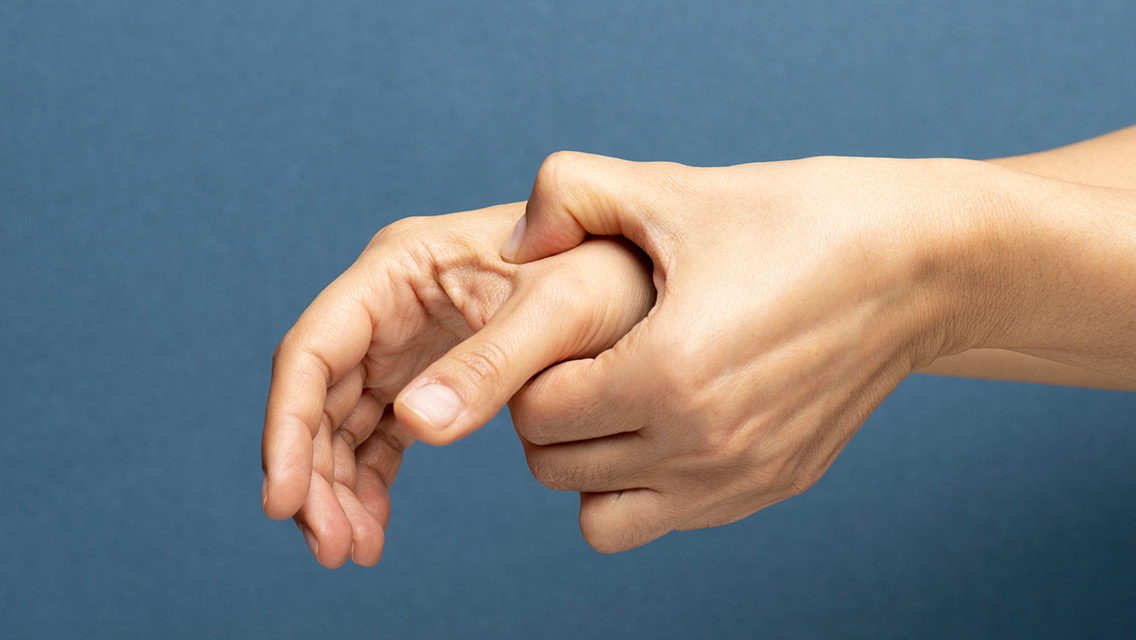Massage can be particularly helpful for headaches and migraines related to muscle tension. Hormonal imbalances can also play a role in headaches, says licensed massage therapist Amy Daws; those imbalances may need to be addressed separately.
“But massage is a really important avenue to check out if you’re having migraines or headaches,” she says.
“People don’t realize that we have a layer of muscle that wraps around the whole skull,” says Nescelle Caberto, LMT, a massage therapist at LifeSpa in Overland Park, Kan. “All my full-body massages include the scalp, because tightness there can radiate elsewhere. Everything in the body is connected.”
A small 2017 study in Neurological Sciences found that shiatsu-style massage may be more effective than pain killers at treating headaches. Shiatsu focuses on pressure points along energy pathways called meridians to restore balance in chi, or energy.
From this perspective, headaches are seen as an excess of chi concentrated in the head, neck, and shoulders. Releasing these local pressure points can help unlock stuck chi and provide relief.
Craniosacral therapy (CST) is another modality with a successful track record of relieving chronic headaches. CST uses a light touch to facilitate movement of fluids in and around the central nervous and craniosacral systems. Because this technique includes gentle attention to the skull and neck, it’s a go-to remedy for headaches.
“CST is good for manifesting better alignment,” says massage therapist Nell Rueckl, founder of Spot Spas in Minneapolis. It helps align the hips, spine, and skull so nerve signals can flow unimpeded.
“If your hips are off balance, and you’re getting migraines, that could be a correlation. If I had migraines, I would definitely check in with a CST practitioner.”
A 2020 meta-analysis of 10 randomized controlled trials including 681 patients with neck and back pain, migraine, headaches, and fibromyalgia found that CST significantly eased pain and improved function for up to six months.
This was excerpted from “Hands On” which was published in the November 2021 issue of Experience Life magazine.





This Post Has One Comment
My wife and I have been getting a massage every week for several years and have found it very beneficial.